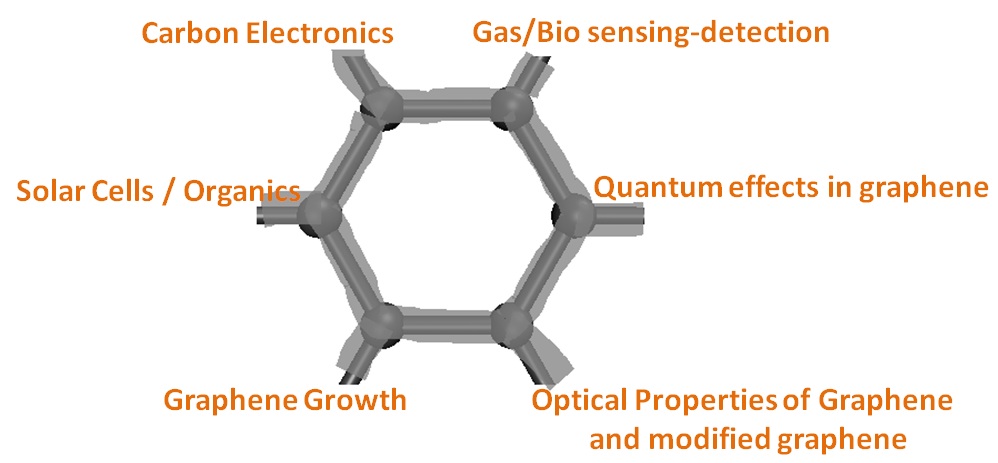
| Home |
About |
Research |
News and Publications (NEW) |
Contact |

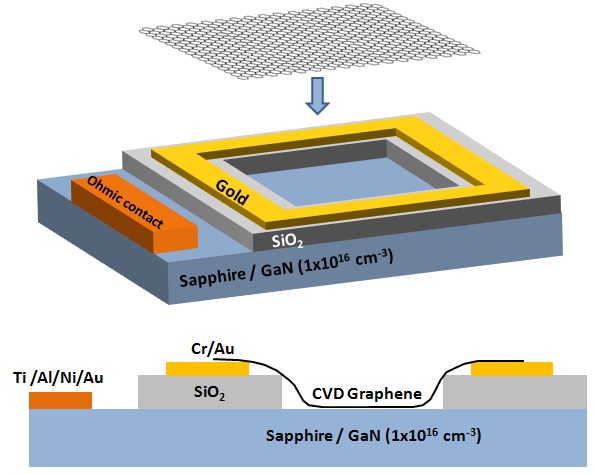 |
Carbon
electronics is an emerging field attempting to replace silicon based
electronic devices and conventional geometries. In the graphene
laboratory at University of Florida, we are using carbon allotropes
mostly graphene, few-layer graphene and multi-layer graphene to make
devices beyond the conventional Metal-Oxide-Semiconductor field effect
transistors (MOSFETs). Graphene is an excellent candiate due to
tunability of its work function, chemical robustness and extraordinary
electrical and optical properties. Our research is mostly focused on
incorporating graphene into silicon, gallium arsenite, silicon carbide
and Gallium Nitride semiconductors, graphene based Schottky diodes,
high electron mobility transistors (HEMTs) using GaN,and
metal-semiconductor field effect transistors (MESFETs). We are
currently protected by one filed U.S patent and various SCI-index
publications. (Principal investigators: Dr. S. Tongay and Prof. Dr. A .F. Hebard; Collaborators: Prof. Dr. B.R. Appleton, Max Lemaitre, Xiaochang Miao, and Kara Berke) |
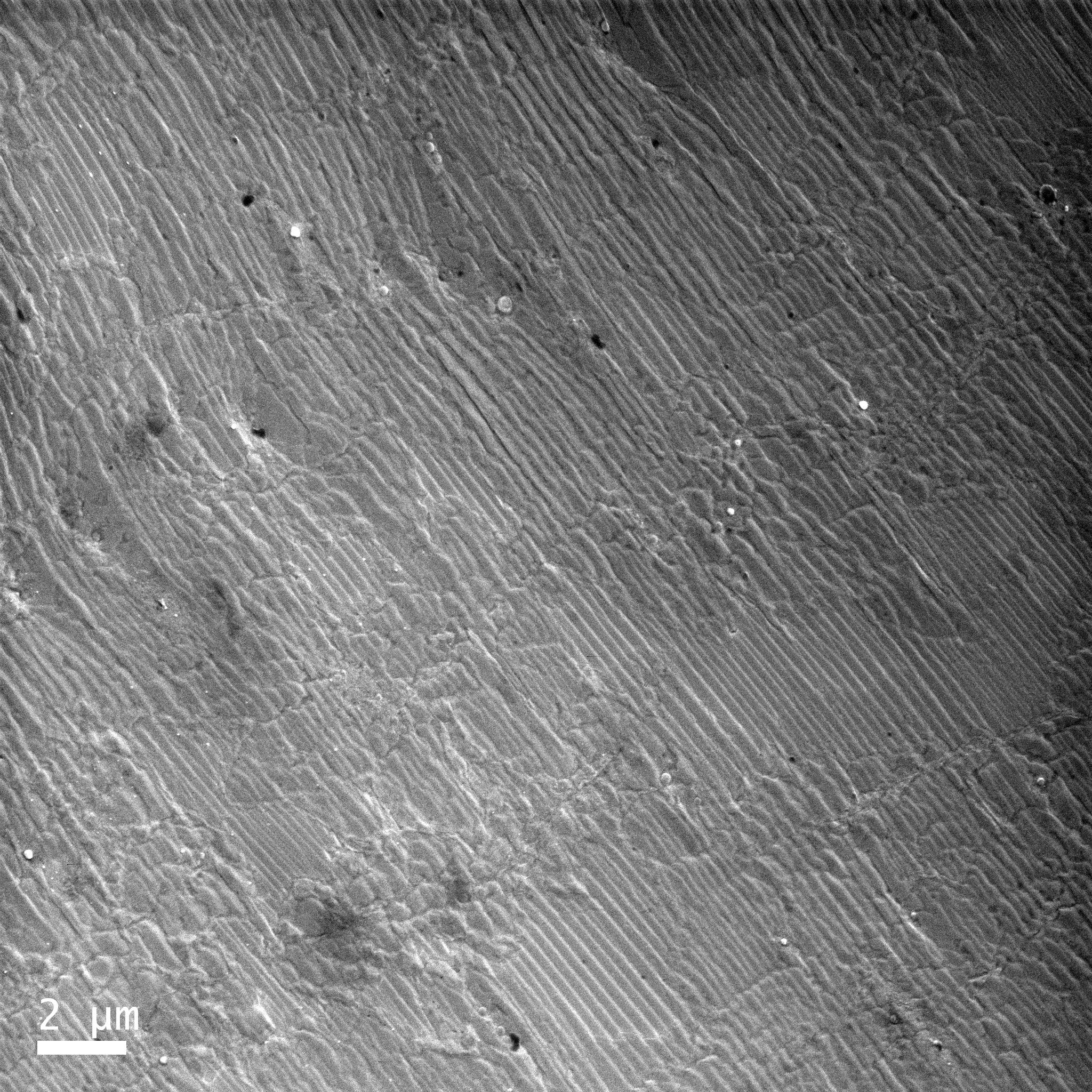 |
Graphene, a single layer of sp2 bonded carbon atoms, has attracted a lot of attention due to its superior thermal and chemical robustness and physical properties. To this end, we are chemically decorating graphene sheets to achive high conductivities and high optical transparency in attempt to incorporate graphene into display screens and using graphene sheets actively in solar cells. (Principal investigators: Dr. S. Tongay, Prof. Dr. A.F. Hebard, and Prof. Dr. B.R. Appleton; Collaborators: Kara Berke and Max Lemaitre) |
 |
Due to high chemical sensitivity of graphene, and hence tunability of it's Fermi level, we are currently using graphene and other carbon allotropes in various device geometries for specific gas and bio sensing applications to achieve ultra-sensitivity necessary for detection of molecules, DNAs and proteins. (Principal investigators: Dr. S. Tongay, Prof. Dr. A.F. Hebard and Prof. Dr. B.R. Appleton; Collaborators: Xiaochang Miao, Sima Saeidi) |
| We
are actively studying photo-current effects in graphene based Schottky
diodes and graphene based solar cells. Also, we are attempting to
combine organic semiconductors and graphene sheets for flexiable
displays, solar cells and devices. To this end, we are interested in
the current processes at the graphene/organic semiconductor junctions. (Principal investigators: Dr. S. Tongay, Prof. Dr. A.F. Hebard. Kara Berke; Collaborators: Xiaochang Miao) |
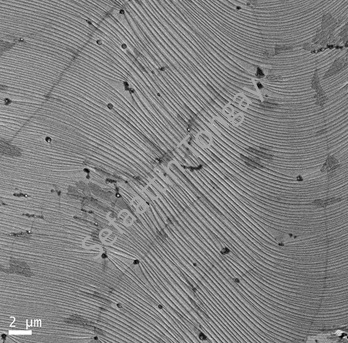 |
Recently, graphene growth onto various metal foils / thin films and silicon carbide substrates has attracted a lot of attention. Physical mechanisms governing the graphene growth on these surfaces are still not very clear and there is an intensive attempt to understand the parameters effecting the successful graphene growth. We are currently conducting research copper and SiC substrates to find new cutting edge techniques allowing us to grow high quality graphene and selective graphene growth. This project is protected with one filed U.S patent. (Principal investigators: Prof. Dr. B.R. Appleton, Prof. Dr. B. Gila, Max Lemaitre and Dr. S. Tongay; Collaborators: Prof. Dr. A.F. Hebard) |
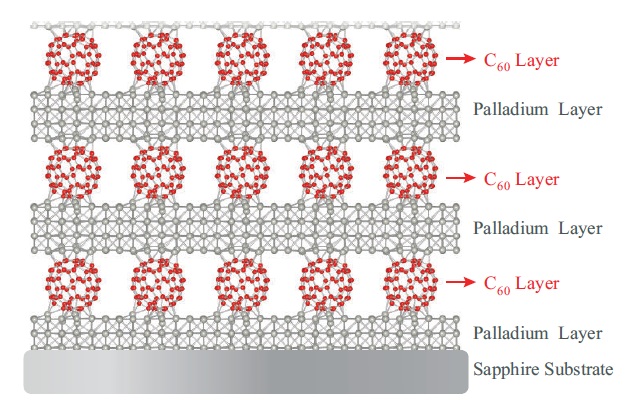 |
We are interested in magnetization properties of graphites, graphene, modified graphene and carbon alloptropes in the thin film limit. ( Principal investigators: Dr. S. Tongay, Prof. Dr. A.F. Hebard, Xiaochang Miao and Siddhardtha Ghosh; Collaborators: Prof. Dr. S. Ciraci, Dr. H. Sahin) |
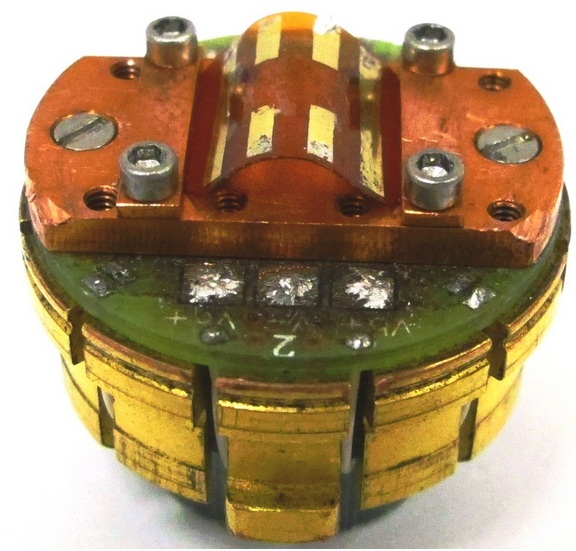 |
We are currently conducting fundamental research on various quantum interaction effects at temperatures lower than 5Kelvin in magnetic fields up to 7 Tesla. (Principal investigators: Prof. Dr. A. F. Hebard, Xiaochang Miao and Dr. S. Tongay) |
 |
Graphene possess extraordinary optical properties from visible to near infrared region. We are actively studying fundamental effects in graphene using optical measurement techniques on pristine and modified (via flourination, hydrogenation and chemical doping) graphene. (Principal investigator: Prof. Dr. A.F. Hebard and S. Tongay; Collaborators: Dr. D. Tanner, Zahra Nasrollahi, Sima Saeidi and Dr. D. Kaukis) |